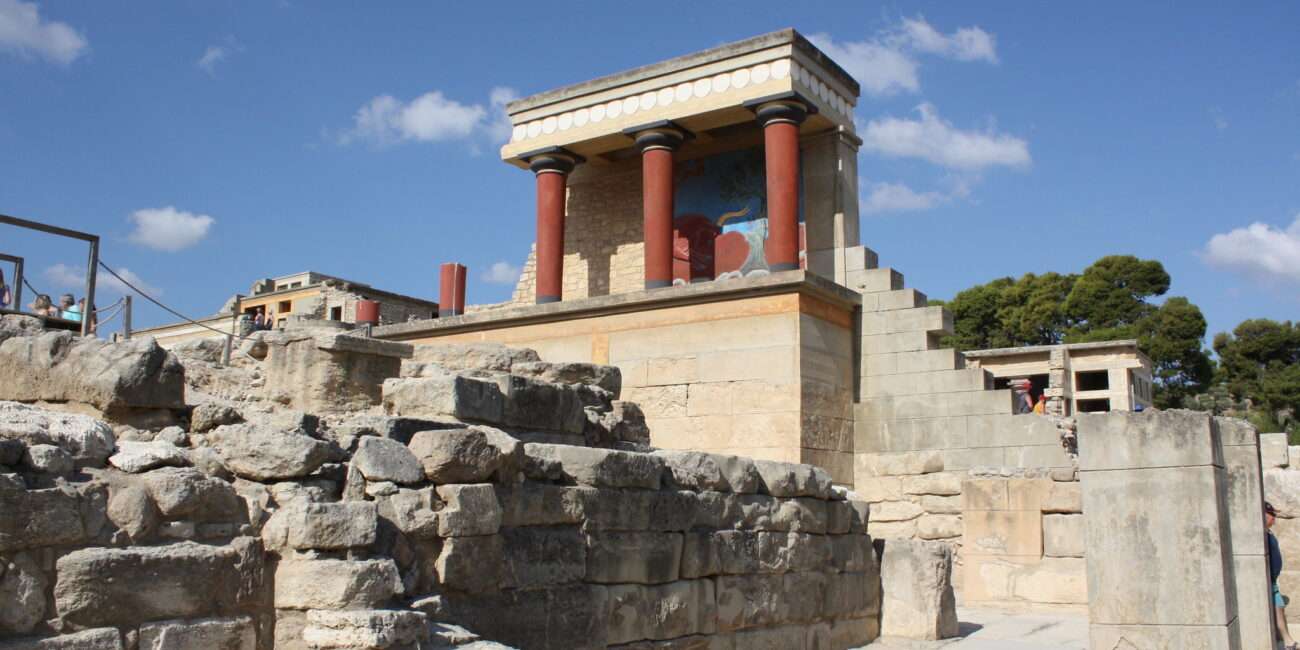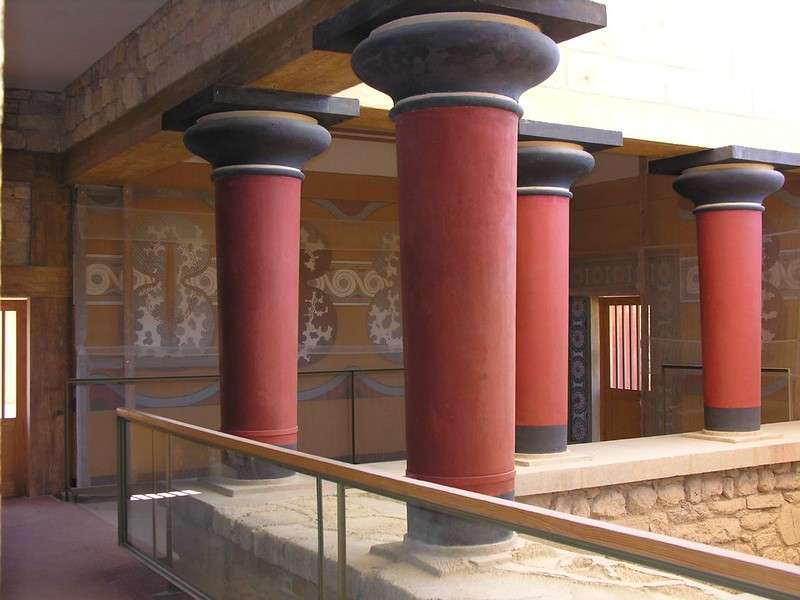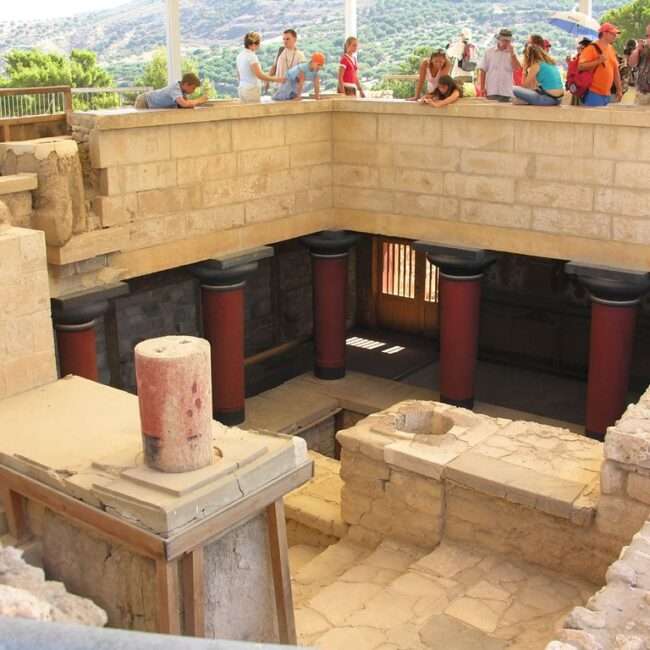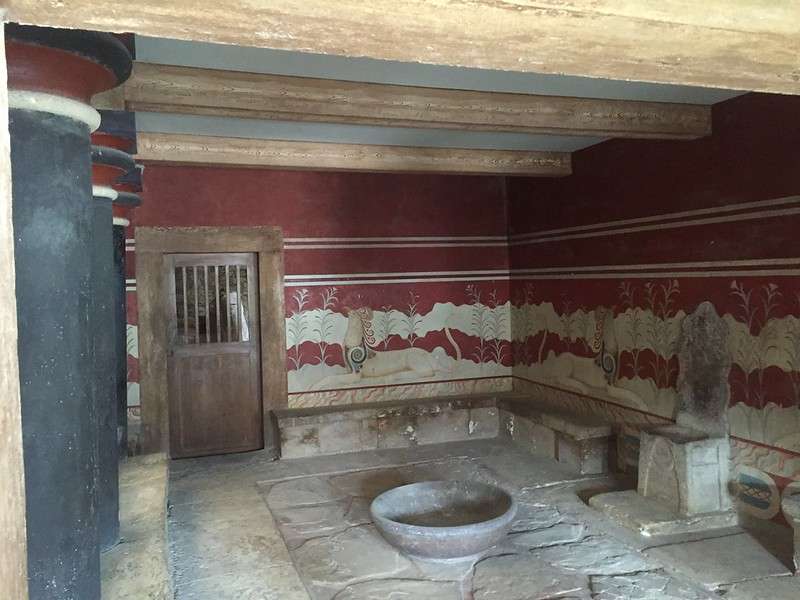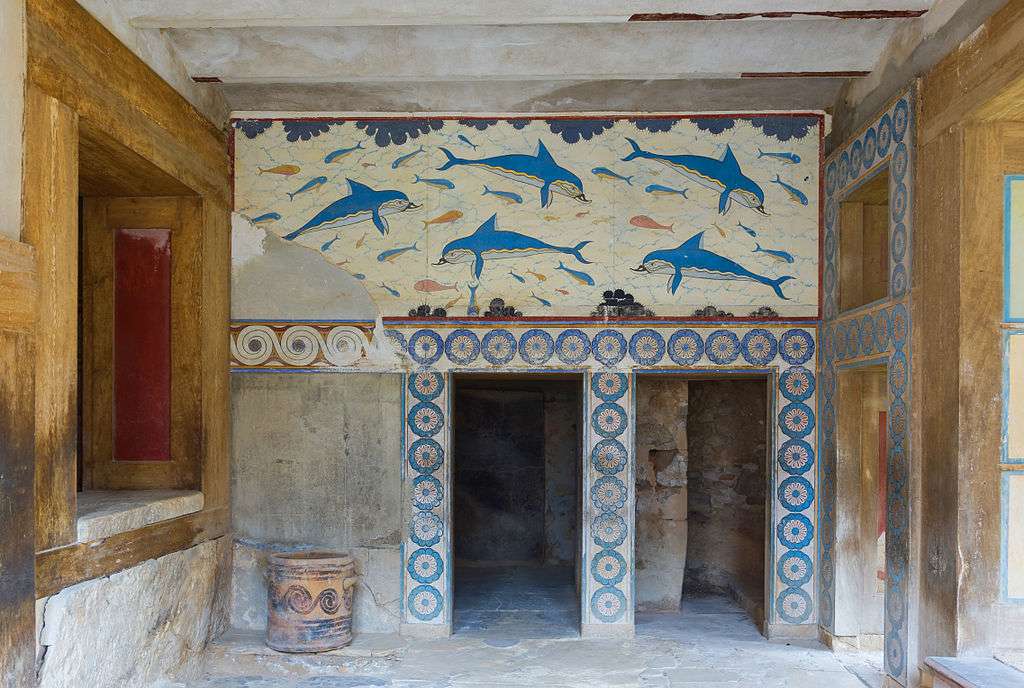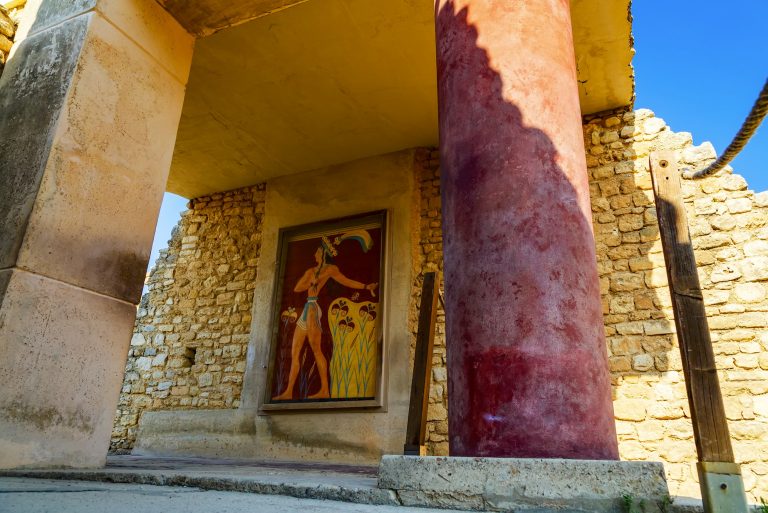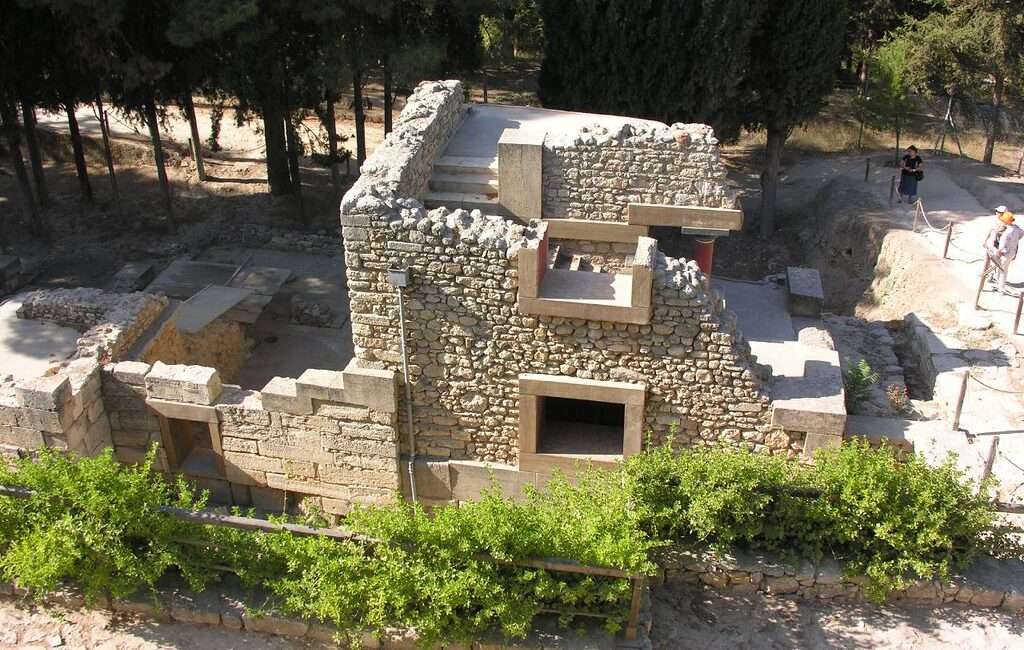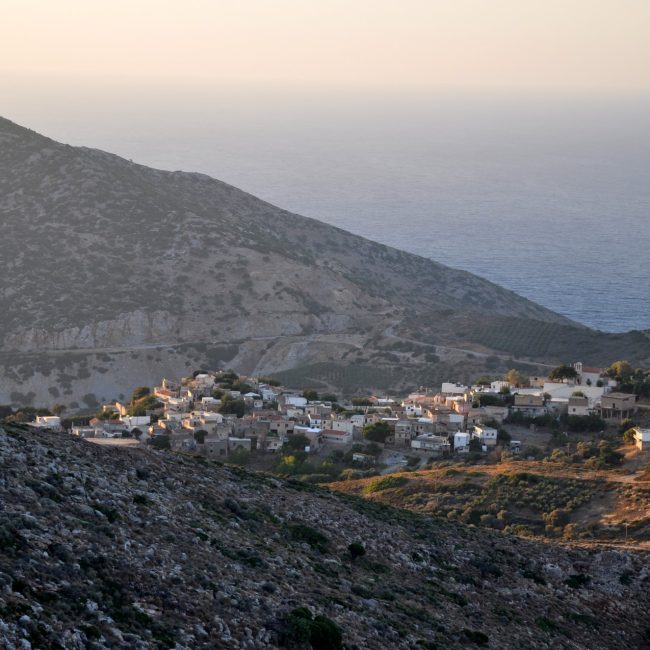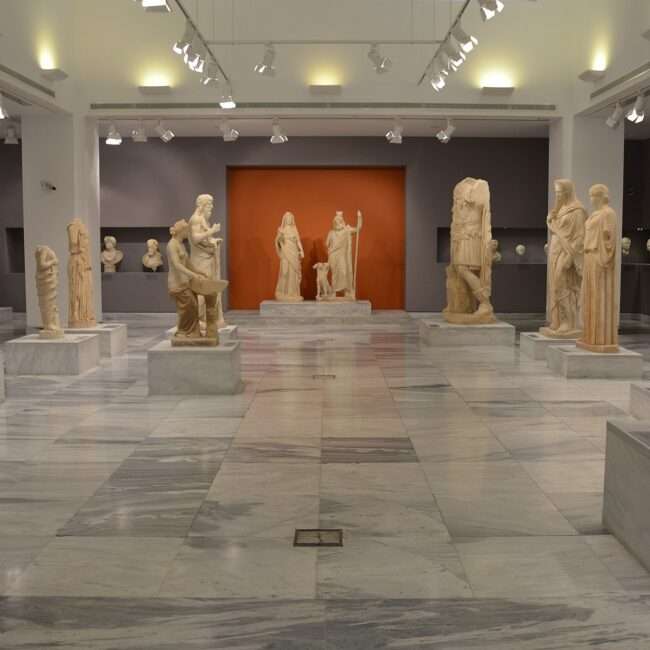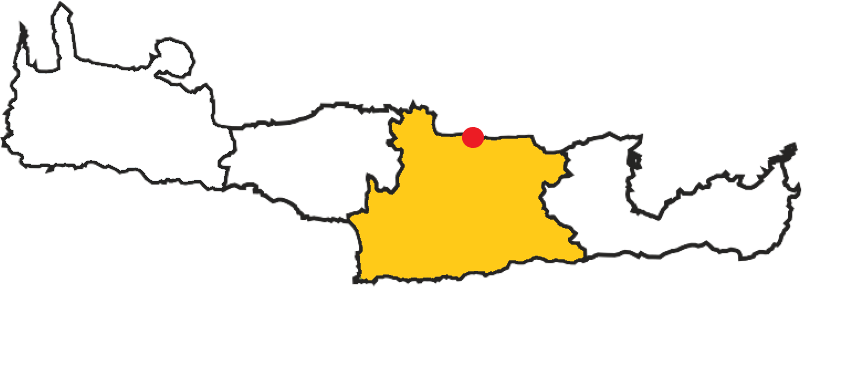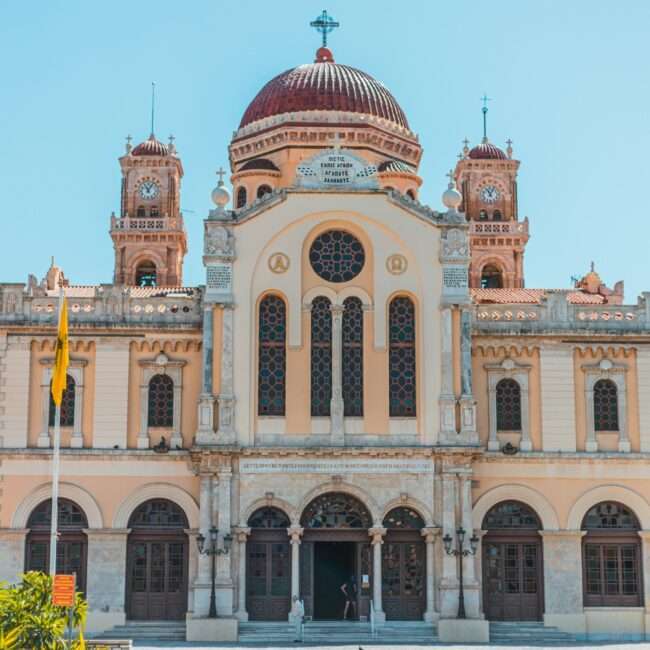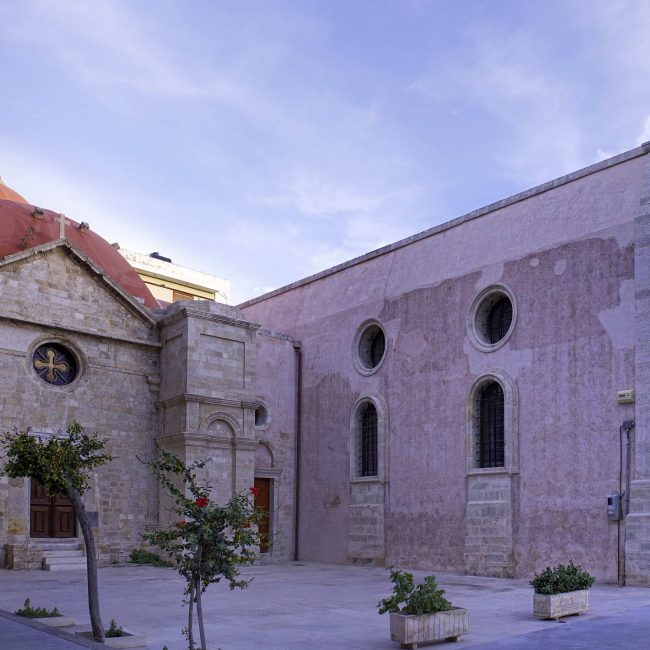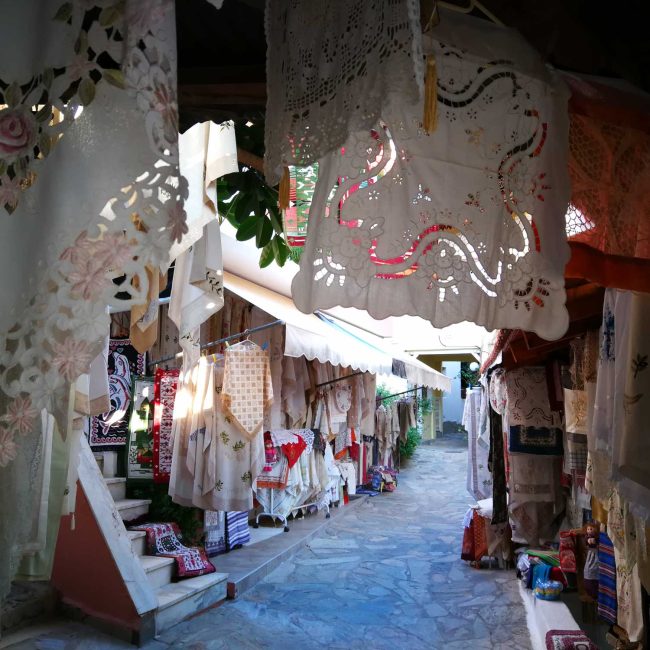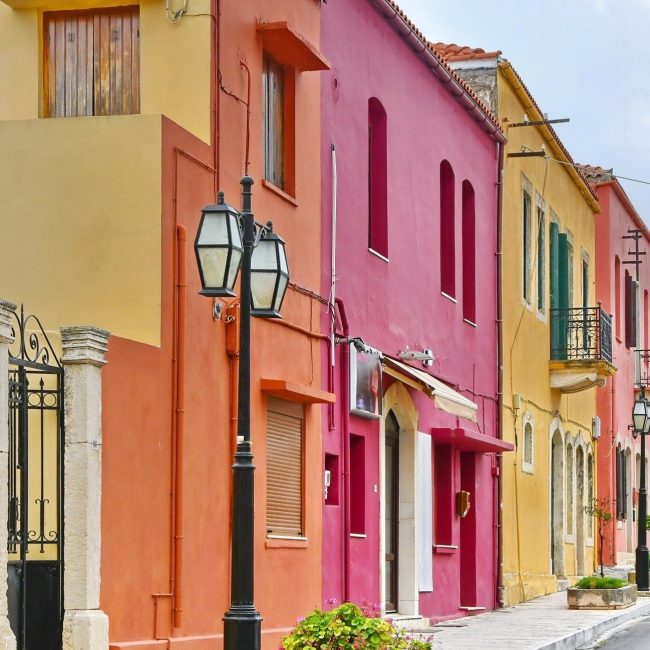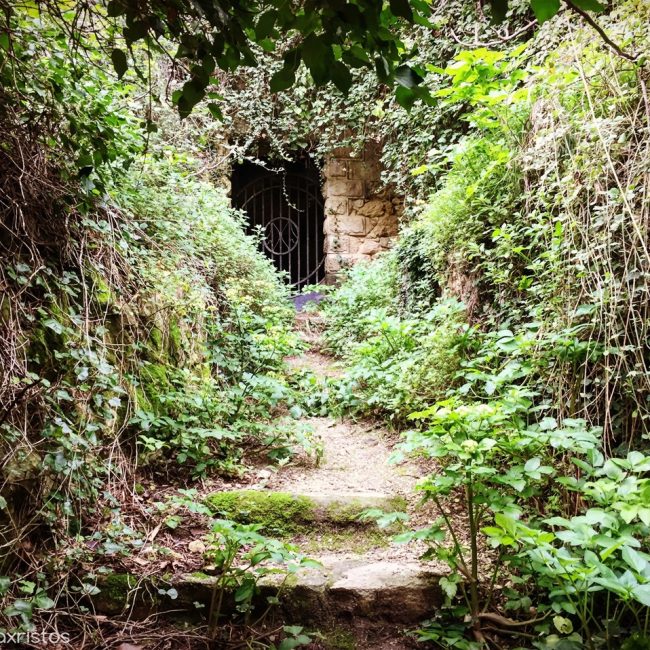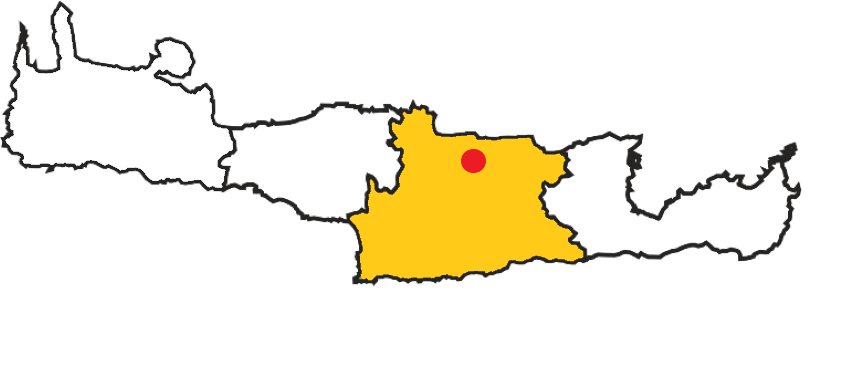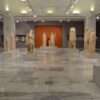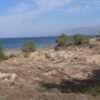Knossos Palace
Knossos Palace: The iconic landmark of crete
Nestled on the picturesque island of Crete in the Mediterranean Sea, Knossos Palace stands as an enduring testament to the remarkable Minoan civilization. Known as the largest Bronze Age archaeological site on the island, Knossos Palace holds the key to unlocking the secrets of a sophisticated society that thrived over 3,500 years ago. With its labyrinthine layout, vibrant frescoes, and intriguing history, this archaeological site has fascinated historians, archaeologists, and tourists alike for over a century. In this article, we will embark on a journey to discover the secrets and significance of Knossos Palace.
historical background
On Crete’s northern coast, close to the present-day city of Heraklion, stands Knossos Palace, also known as Knossos.
This is the birthplace of the Minoan civilization, which is sometimes regarded as the earliest advanced civilization in Europe.
It is thought to have reached its height around 1900 BCE, at the time of its construction.
The Minoans, renowned for their advanced architectural techniques, maritime prowess, and intricate artwork, left an indelible mark on the history of Crete.
The palace complex of Knossos is a testament to their remarkable achievements and societal advancements.
Greek mythology’s King Minos, who is credited with building the palace.
Furthermore, after his win over the Athenians, he had Deadalus (an athenian architect) build a labyrinth in order to house the Minotaur (a child of his, born half human, half bull due to a curse of the God Poseidon).
Architectural Marvels
A vast network of connected courtyards, apartments, and passageways make up the Knossos Palace complex, which exhibits the inventiveness and elegance of Minoan design.
The palace’s layout is intricate and fascinating as a result of the multiple expansions and restorations it experienced after being constructed over a number of centuries.
One of the most recognizable features of Knossos is the West Wing of the palace, which houses the magnificent Throne Room.
King Minos’ Throne Room is thought to have served as the ceremonial heart of the palace, where kings held audiences and carried out significant rites.
It is decorated with vivid paintings and elaborate decorative elements.
The Central Court served as the center of economic activity, housing both storage facilities for commodities and offices where administrative tasks were completed.
Large pithoi (ceramic storage jars) are another indication of Knossos’ economic importance as a commerce and distribution hub.
The Residential Quarter, which consists of several connected rooms, displays the Minoan way of living at home.
The walls are covered in elaborate frescoes that give insights into their culture and beliefs while also representing natural landscapes, religious rituals, and everyday life.
The Vibrant Frescoes of Knossos
Knossos is renowned for its vibrant frescoes, which provide valuable insights into Minoan art, culture, and daily life.
The most famous of these frescoes is “Prince of the Lilies”, depicting a young prince or priest adorned with a lily crown.
Other notable frescoes include the “Dolphin Fresco”, the “Bull-Leaping Fresco”, and the “Ladies in Blue”.
These frescoes offer a glimpse into the Minoans’ affinity for nature, religious rituals, and social activities.
The “Bull-Leaping Fresco” in particular has captured the imagination of many, as it portrays a daring acrobatic feat involving young Minoans vaulting over a charging bull, suggesting a connection to religious or athletic ceremonies.
The original frescos are displayed at the Archeological museum in Heraklion City.
The Decline and Rediscovery of Knossos
Although the cause of the Minoan civilization’s demise is still unknown, it is generally accepted that earthquakes and volcanic eruptions as well as Mycenaean Greek invasions were to blame.
Legend says that the reason Minoan civilization heavily declined was because of the eruption of the volcano on the island of Santorini (Thyra). The erruption created a tsunami that demolished the north coast of Crete. Like many other Minoan palaces, Knossos was ultimately destroyed in 1370 BCE.
Knossos wasn’t rediscovered until the early 20th century by British archaeologist Sir Arthur Evans. His thorough excavations and repairs revived the palace complex and made the amazing accomplishments of the Minoan civilization visible. Evans’ contentious reconstructions have drawn criticism for their subjective interpretation as well as praise for their painstaking attention to detail.
Preservation and Accessibility
Today, Knossos Palace is carefully preserved and managed by the Hellenic Ministry of Culture. Visitors can explore the reconstructed sections of the palace, walk along its grand corridors, and admire the intricate frescoes that adorn the walls. The site is accompanied by informative signage and guides, helping visitors to navigate and understand the complex history and significance of Knossos.
Additional informations for Knossos palace
5.5 Kms from Heraklion city.
Caffeteria & W.C.
Adults 18€, over 65 8€. Youth up to 25, free. Combined ticket 20€ including Arch. Museum
Winter 08:00 - 15:00 daily.
Summer 08:00-20:00 daily.
It takes 2 hrs to complete on your own or as part of a guided tour.
Available Wi - Fi.
Phone Number: +30 2810 23 1940
There are infrastructures for the handicap.
How to Get There
Getting to Knossos Palace from Heraklion is a straightforward and convenient journey, as the archaeological site is located just a few kilometers southeast of Heraklion. Here’s how to get there:
By Car:
Rent a Car: The most flexible way to reach Knossos Palace is by renting a car. Car rental agencies are readily available in Heraklion, and it’s a convenient option if you want to explore the site at your own pace.
Directions: From central Heraklion, head south on Leoforos Knossou (Knossou Avenue), which is well-marked and leads directly to the palace. Follow the signs for “Knossos” or “Κνωσός” (in Greek) to reach your destination.
Parking: There is a parking area near Knossos Palace, so you won’t have trouble finding a place to park your car.
By Bus:
Public Bus: If you prefer using public transportation, you can take a city bus from Heraklion to Knossos. The bus route you’ll want to look for is Bus No. 2 (also known as the Knossos Bus) which operates regularly between Heraklion and Knossos.
Bus Stop: The bus departs from or near the Heraklion Archaeological Museum, which is centrally located in Heraklion. Check the current bus schedules and stops at the bus station or online.
Fare: You can purchase your bus ticket either from the bus driver or at a kiosk. Be sure to have some small change with you for the fare.
Duration: The bus ride to Knossos Palace takes around 15-20 minutes, depending on traffic.
Return: Buses from Knossos to Heraklion operate regularly, so you can catch one back to the city when you’re ready to return.
By Taxi:
Taxi Service: Taxis are readily available in Heraklion, and you can easily find one to take you to Knossos Palace.
Cost: The cost of a taxi ride will depend on the time of day, distance, and whether you’re hiring a taxi for a round trip or just one way. It’s a good idea to confirm the fare with the driver before starting your journey.
Convenience: Taxis are a convenient option if you prefer a more direct and private means of transportation.
Whichever mode of transportation you choose, visiting Knossos Palace from Heraklion is a rewarding experience that allows you to explore the history and culture of ancient Crete. Enjoy your trip!
Conclusion
With its distinctive view into the art, architecture, and way of life of the Minoan civilisation, Knossos Palace continues to enthrall both tourists and academics. For anybody interested in the ancient world, this archaeological monument is a must-visit due to its confusing layout, vibrant frescoes, and mysterious history. Even though there are still many unanswered questions about Knossos, the palace continues to be a witness to the sophisticated and dynamic Minoan society, which had a lasting impact on the development of Europe.
ADDITIONAL TIPS FOR AN ENJOYABLE VISIT TO knossos palace

Destinations near knossos palace
More options for nearby locations to plan your vacations better!



